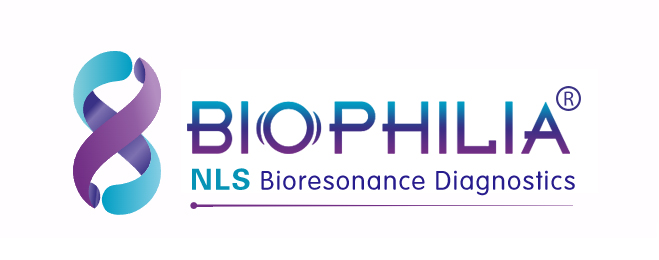NLS provides representations most proximate to the pathologicoanatomic picture
The non-linear diagnostics is still in its developing stage. (2003) The diagnostic techniques are improving so fast, that the system version have to be updated every six months. Due to the introduction of some of new devices equipped with digital trigger sensor, the NLS-diagnostics has become not only far more time-efficient but also quiet different in terms of quality. It is obvious that some runtime techniques, for instance tree-dimensional visualization of investigation results will soon become a daily practice. The negative testing is just an example of a ready implementation. The method is employed so widely that we should rather speak about a definite rang of indication for its use than just about popularisation.
Research centers continue their quest for some new investigation methods based on the non-linear analysis system. So far the result appear to be quiet promising. Unlike NMR and computer tomography, the NLS-analysis does not need strong fields. The method seems to have good prospect for metabolism studies, particularly on a cellular level.
The NLS-method advances along the path not only of technical innovation but also of new application. Some minor surgical operations, biopsy for one, have been long monitored using ultrasound, fluoroscopy or computer tomography. Today we have opportunity to have biopsy monitored by NLS. By the way, many surgeons focus on using this method to assist major surgeries.
The cost of equipment for NLS-diagnostics is still very low as compared to some other hardware-based methods. This is supposed to promote more extensive use of the method in countries with low living standards. Of all methods of hardware-based diagnostics the NLS provides representations most proximate to the pathologicoanatomic picture. This feature of the method along with its harmlessness, promotes rapid development of the NLS-diagnostics.
